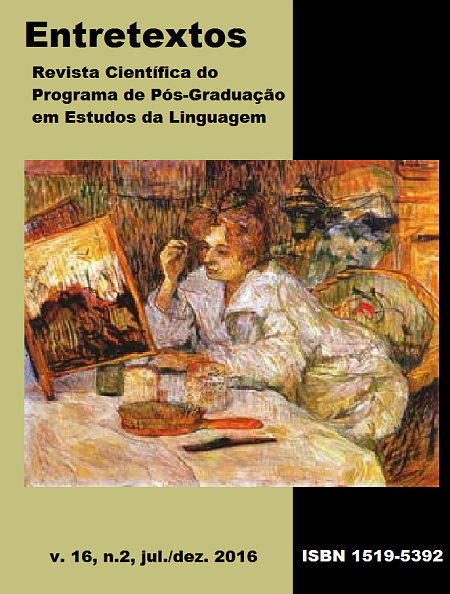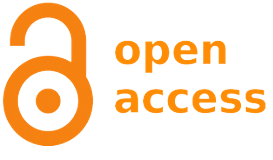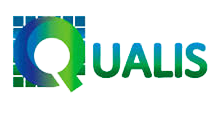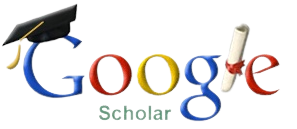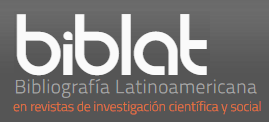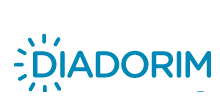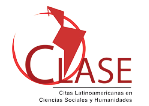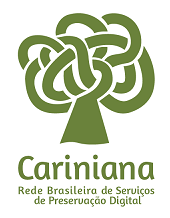Printed or digital? The practice of reading texts on paper and on screen
DOI:
https://doi.org/10.5433/1519-5392.2016v16n2p67Keywords:
Printed texts, Digital texts, Digital literacyAbstract
This article presents some statements about the practices of reading texts on paper and on screen in view of the undergraduate Bachelor of Science and Technology, Federal University of Rio Grande do Norte (BCT/UFRN). These graduates attended the curricular component Practice Reading and Writing II (PLE- II) in the first half of 2011. In him, we intend to explore, among other things, the controversy over the future of publishing that goes through the following questions: Printed books resist the new technologies? The e-books will supersede printed books? It is possible the coexistence of printed books and digital books? To do so, during this article, we bring the analysis to say six of undergraduates in semi-structured interviews and opinion articles they produced to contribute to this debate. The materials selected for this study is part of the corpus of research completed with these reviewers. The analysis of these data follow the theoretical and methodological assumptions of the design language (gem) Bakhtin (2009), studies of literacy as social practice (KLEIMAN 1995, 2005, OLIVEIRA; KLEIMAN, 2008), studies on digital literacy (XAVIER, 2002; COSCARELLI; RIBEIRO, 2007). The results of this analysis point us to a multiplicity of practices of reading/writing of printed and digital texts developed by graduating BCT due to the coexistence of the printed form and that stems from new mobile devices.Downloads
References
CHARTIER, Anne-Marie. Práticas de leitura e escrita - história e atualidade. Belo Horizonte: Ceale/Autêntica, 2007.
HARTIER, Roger. Os desafios da escrita. São Paulo: Ed. UNESP, 2002.
CHARTIER, Roger. A aventura do livro: do leitor ao navegador. São Paulo: Ed. UNESP, Imprensa Oficial do Estado, 1998.
COSCARELLI, C.V.; RIBEIRO, A.E.R.(Org.). Letramento digital: aspectos sociais e possibilidades pedagógicas Belo Horizonte: Ceale/Autêntica, 2007.
KATO, Mary. No mundo da escrita: uma perspectiva psicolinguística. São Paulo: Ática, 1986.
KLEIMAN, Angela B. Os significados do letramento: uma nova perspectiva sobre a prática social da escrita. Campinas: Mercado de Letras, 1995.
KLEIMAN, Angela B. Preciso "ensinar" o letramento? Não basta escrever a ler e a escrever? In: KLEIMAN, Angela B. (Org.). Linguagem e letramento em foco: linguagem nas séries iniciais. Cefiel/IEL/Unicamp, 2005.
LÉVY, Pierre. As tecnologias da inteligência. O futuro do pensamento na era da informática. Tradução Carlos Irineu da Costa. Rio de Janeiro: Editora 34, 1993.
OLIVEIRA, Maria do Socorro.; KLEIMAN, Ângela Bustos(Org.). Letramentos múltiplos: agentes práticas e representações. Natal/RN: EDUFRN, 2008.
ROJO, R. Multi-letramento na escola. São Paulo: Parábola, 2012.
TINOCO, G. M. A. de M. Projetos de letramento: ação e formação de professores de língua materna. 2008. Tese (Doutorado em Linguística Aplicada) - Instituto de Estudos da Linguagem - IEL, UNICAMP, Campinas.
XAVIER, Antonio C. dos Santos. Letramento Digital e Ensino. 2007. Disponível em: https://www.ufpe.br/nehte/artigos/Letramento%20digital%20e% 20ensino.pdf >. Acesso em: 14 maio 2011.
XAVIER, Antonio C. S. O Hipertexto na sociedade da informação: a constituição do modo de enunciação digital. 2002. Tese (Doutorado em Linguistica) - Instituto de Estudos da Linguagem, Unicamp, Campinas, 2002.
SILVA, Maria da Guia. O leitor universitário e a construção das práticas de ler e escrever textos impressos e digitais. 2013. 155 f. Dissertação (Mestrado em Estudos da Linguagem) - Universidade Federal do Rio Grande do Norte. Natal, 2013.
SOARES, Magda. Letramento: um tema em três gêneros. Belo Horizonte: Autêntica, 1998.
TFOUNI, Leda Verdiani. Letramento e Alfabetização. São Paulo: Cortez, 1995.
Downloads
Published
How to Cite
Issue
Section
License
Copyright (c) 2016 Entretextos

This work is licensed under a Creative Commons Attribution 4.0 International License.
Entretextos adota a Licença Creative Commons Attribution 4.0 International, portanto, os direitos autorais relativos aos artigos publicados são do/s autor/es.
Sob essa licença é possível: Compartilhar - copiar e redistribuir o material em qualquer suporte ou formato. Adaptar - remixar, transformar, e criar a partir do material, atribuindo o devido crédito e prover um link para a licença e indicar se mudanças foram feitas.

